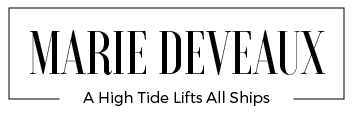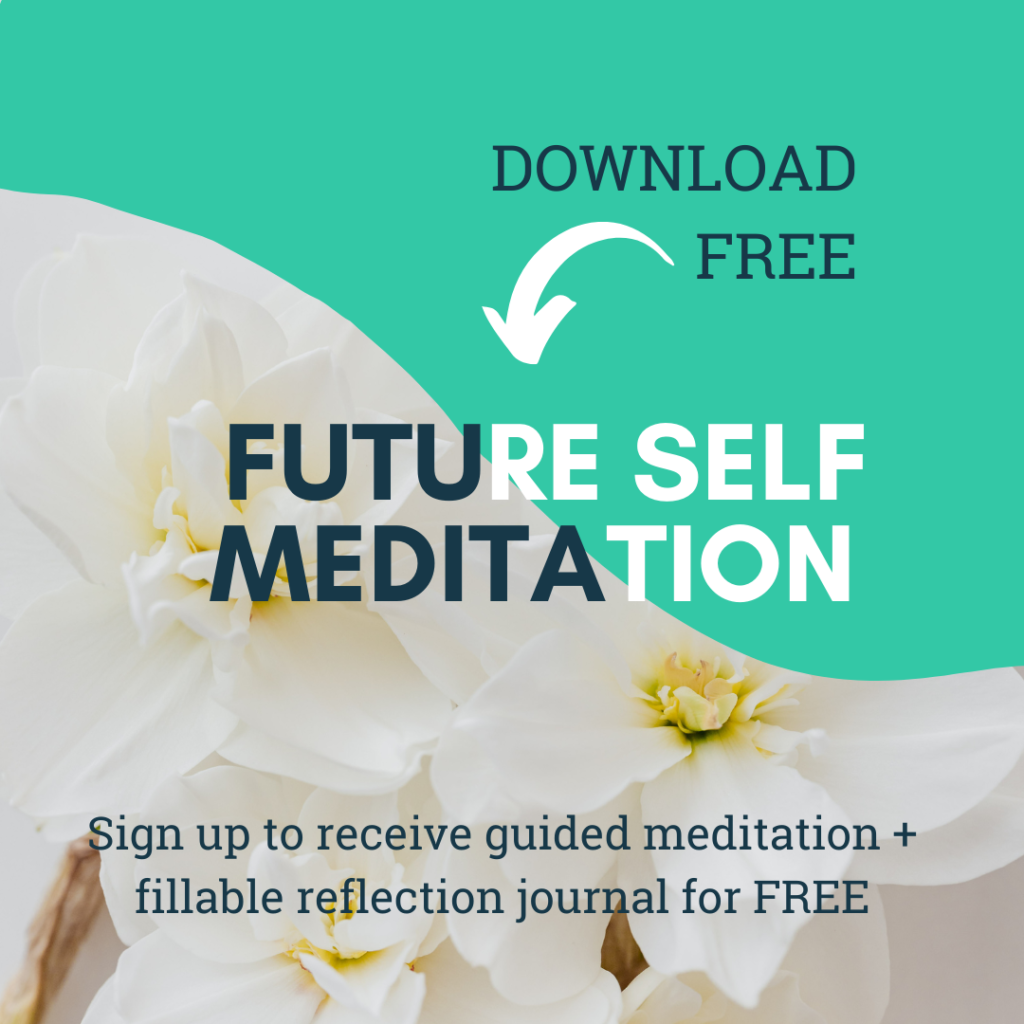What if I told you there was a three-part strategy to create universal agreement and alignment on creating equitable inclusive spaces for all people all the time? Sounds impossible right?
Have you heard of the Montreal protocol? If you’re like me, you’re probably thinking that sounds familiar or that sounds like something I should know about. I laughed when I looked it up the other day because of course when I was in college we were talking about chlorofluorocarbons and the negative impact that they were having on our ozone layer through humanity’s own abusive practices. We were destroying the very protective layer that surrounds and cushions the earth from the overly powerful rays of our Sun. But you know what? No one talks about the hole in the ozone layer anymore. And that is because of the Montreal Protocol.
 The Montreal Protocol stands as a testimony to global unity against a visible threat. And that’s the thing – we had a universal problem – a hole in the ozone layer and once scientists acknowledged it, every country on the planet agreed we had to take action. There were no performative pledges or fancy marketing campaigns. In fact, the agreement was done so quietly that most of us forgot that we had a hole in the ozone layer. And that’s because the Montreal protocol was put in place to address a problem that had three core elements that allowed for universal ratification:
The Montreal Protocol stands as a testimony to global unity against a visible threat. And that’s the thing – we had a universal problem – a hole in the ozone layer and once scientists acknowledged it, every country on the planet agreed we had to take action. There were no performative pledges or fancy marketing campaigns. In fact, the agreement was done so quietly that most of us forgot that we had a hole in the ozone layer. And that’s because the Montreal protocol was put in place to address a problem that had three core elements that allowed for universal ratification:
One, the problem itself was tangible and visible.
You could actually see the whole ozone layer from space.
Number two, the problem posts an imminent and very real threat to universal well-being.
If we don’t solve this, we are all going to die and life on our planet would become completely uninhabitable. Talk about creating motivation.
And thirdly, the component that’s probably the most interesting is that the solution to solving this universally held problem is easy.
We just had to swap some different substances for chlorofluorocarbons and our everyday products. That’s it.
A universal threat posed by a tangible, invisible problem with an easy solution that requires us to substitute one behavior for another. If only creating an inclusive work culture allows us to follow a solution as simple as creating a contract and trusting that people would continue to act in their best interests. Instead, the journey towards an inclusive work culture bears a contrast, revealing nuances and intricacies.
 At High Tides, we prioritize magnifying the voices of the marginalized, believing that acknowledgment is a key ingredient for inclusion. The value of every individual being recognized and appreciated isn’t just about fairness, it’s about unlocking the true potential of a collective. Humans are innately valuable and worthy and none of us needs to prove ourselves in order to be on the receiving end of acknowledgment. Camaraderie or support. Sounds simple enough right?
At High Tides, we prioritize magnifying the voices of the marginalized, believing that acknowledgment is a key ingredient for inclusion. The value of every individual being recognized and appreciated isn’t just about fairness, it’s about unlocking the true potential of a collective. Humans are innately valuable and worthy and none of us needs to prove ourselves in order to be on the receiving end of acknowledgment. Camaraderie or support. Sounds simple enough right?
Why is the path to an inclusive work culture so complex?
1. Intangibility of Inclusion:
Unlike the clear, gaping hole in the ozone layer, sentiments of inclusion and belonging are more concealed. They reside in whispered conversations, unspoken feelings, and subtle shifts in the workplace dynamics. Exclusion happens in what’s being said and done. And also, the words not spoken in the actions not taken. By emphasizing acknowledgment in our workshops, we aim to bring these intangible elements to light. And by offering spaces for accountability, we make sure that the unspoken gets called out and brought forth in a way that makes the implicit explicit because that’s the only way we can address it
2. The Human Factor:
It’s often said that people are committed to their self-interests. No one wants to solve another’s problem until it becomes their own. Pastor Martin Niemöller’s poem, “First They Came…”, captures the essence of apathy and its repercussions. If we wait to advocate for equity and inclusion until it directly impacts us, we’ll have missed the broader purpose – to be supported as part of the human family to act in the interests of all because of a true belief that none of us is free until we are all free, a sentiment echoed by champions for humanity like Audrey Lorde, Maya Angelou and Dr Martin Luther King Jr.
3. The Challenge of ‘Covering’:
In a bid to fit in, many people engage in ‘covering’, suppressing parts of their identities that are divergent from the majority. While this might provide a temporary sense of safety, it robs workplaces of authentic diversity and hinders genuine connections. It’s essential to address this challenge head-on and create environments where everyone can unapologetically be themselves. Remember, everyone deserves the right to be seen and heard exactly as who they are without compromise.
4. Communication and Empathy:
At High Tides, our approach to these challenges revolves around making the invisible visible and the unheard heard. Through empathy and somatic work, we strive to translate mere words into shared experiences. This is why communication is at the core of our leadership development strategy and DEI consultative work. When we can enhance mutual understanding, it bridges the gaps of isolation and miscommunication. It makes it possible for us to experience empathy and feel with people instead of being voyeurs of others’ pain.
5. The Value of Sankofa:
 Sankofa, one of our core values, underscores the importance of understanding one another in context – be it time, space, culture, or one’s current state of wellness. This helps ensure interactions are authentic and grounded in reality informed by the past, present and future all at once.
Sankofa, one of our core values, underscores the importance of understanding one another in context – be it time, space, culture, or one’s current state of wellness. This helps ensure interactions are authentic and grounded in reality informed by the past, present and future all at once.
Action Points for Championing an Inclusive Work Culture:
1. Acknowledge the Challenge:
Recognize the need for continuous effort and dedication. And when there are opportunities to name the status quo, take them. It’s only through acknowledging our challenges that we can address them.
2. Seek Community:
Engage in dialogue, network, and collaborate with like-minded professionals. By surrounding yourself with others who do feel as you feel, you reinforce the validity of the challenge you are facing. In community. We remember our collective humanity and it serves as energy towards solving world level problems.
3. Promote Authenticity:
Actively combat ‘covering’ by encouraging openness and celebrating individuality. This means managers must focus on fostering psychological safety. According to Google’s Project Aristotle, teams with high psychological safety outperformed others, emphasizing the crucial role managers play in fostering this safety. Ensuring every voice is heard, encouraging open dialogue, and allowing for vulnerability not only enriches our workplace interactions but also significantly drives team success.
4. Embrace Continuous Learning:
Equip teams with the tools and knowledge to navigate the evolving landscape of DEI&B. Create opportunities for people to get that 300,000 ft. view of the problem and understand how it would impact their everyday life and work. Inclusive strategy doesn’t begin and end with one training, but as an ongoing process that requires continuous reflection and engagement with others to stay relevant.
5. Engage in Reflective Practice:
Regularly assess and refine your strategies. By leveraging tools like annual engagement surveys, SWOT analysis of your data and continuously revisiting action plans and organizational strategic work, we allow a culture of feedback to inform how to address the nuance and crafting inclusive work culture.
In the journey towards establishing an inclusive work culture, understanding and addressing its nuances is vital. The challenges might differ from that of the ozone recovery, but with collective effort and a clear vision, they are not insurmountable.
If nothing else, the Montreal protocol demonstrates to us that collective cooperation is not only possible, but when it counts, humans will show up for each other.
Let’s continue to work together to shape workplaces that are inclusive, equitable, and resonant with belonging.
To learn more about the strategies, workshops, talks and interventions discussed in this article, please visit the High Tides Workshop Catalog or book an intentional company culture discovery call with a member of our team.










